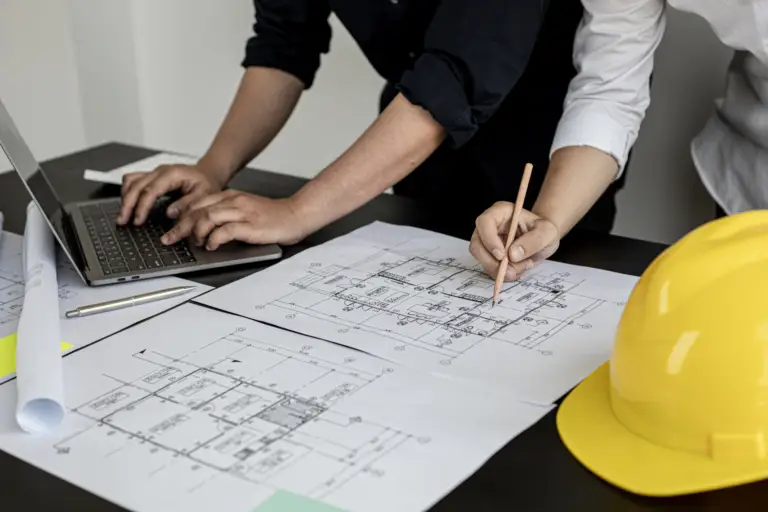The residential construction industry is in constant evolution, driven by technological advancements, shifts in consumer preferences, and growing environmental awareness. For those interested in home construction, it’s crucial to stay informed about current trends that are shaping the industry’s future. In this blog, we will explore some of the most prominent trends in residential construction today.
To view AH Construction’s projects click HERE
1. Energy Efficiency and Sustainability
Sustainability is a dominant trend in residential construction. Homebuyers increasingly seek houses that are energy-efficient and environmentally friendly. This includes installing solar panels, smart energy management systems, and sustainable building materials to reduce a home’s carbon footprint.
2. Open Design and Flexible Spaces
Modern home designs tend to favor open and flexible spaces over compartmentalized rooms. This allows for greater versatility in furniture arrangement and adaptation to changing family life needs. Kitchens opening up to living and dining areas are examples of this trend.
3. Smart Home Technology
Home automation and smart technology are increasingly common features in modern homes. From app-controlled security systems to smart thermostats and programmable lighting systems, technology is transforming how we live in our homes and manage them.
4. Modular Construction
Modular construction, involving the manufacturing of housing components in a factory and their assembly on-site, is gaining popularity. It offers cost and time efficiency, as well as the potential for customized designs.
5. Multi-Family Housing and Shared Spaces
Lack of space and rising housing costs are driving the construction of multi-family housing and planned communities with shared areas such as gardens, gyms, and outdoor living spaces.
6. Universal Design
Universal design focuses on creating homes that are accessible to all ages and abilities. This includes features like ramps, wider doorways, and curbless showers, making homes suitable for older individuals or those with disabilities.
7. Luxury Prefabricated Homes
Luxury prefabricated homes are changing the perception of modular construction. These homes offer high-quality and customized designs, making them an attractive option for those seeking high-end housing.
8. Innovative Building Materials
The use of innovative building materials, such as translucent concrete, cross-laminated timber, and advanced facade panels, is enabling more creative and sustainable designs in residential construction.These trends are shaping the future of residential construction, and those looking to build or buy a home should consider how these trends may impact their choices. Home construction is evolving towards greater sustainability, technology integration, and flexibility to accommodate the changing needs of modern families.
To view AH Construction’s projects click HERE




